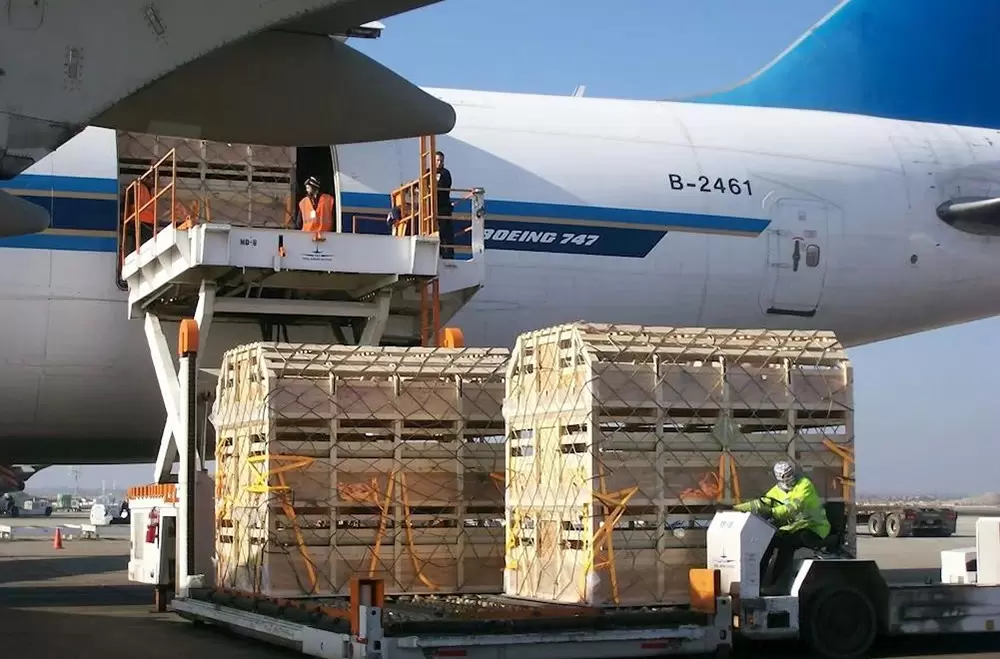Exploring Eco-Friendly Means of Travel: Sustainable Solutions for a Greener Future
In today's world, where environmental concerns are at the forefront, finding eco-friendly means of travel has become crucial. As we strive to reduce our carbon footprint and preserve the planet, it is essential to explore sustainable alternatives that minimize environmental impact. In this blog post, we will delve into various eco-friendly means of travel, highlighting their benefits, challenges, and how they contribute to a greener future.
- Electric Vehicles: Revolutionizing Road Travel
Electric vehicles (EVs) have emerged as a game-changer in the transportation industry. Powered by electricity, EVs produce zero tailpipe emissions, significantly reducing air pollution and greenhouse gas emissions. With advancements in battery technology, EVs now offer longer ranges and faster charging times, making them a viable option for long-distance travel. Additionally, governments worldwide are incentivizing the adoption of EVs through subsidies and infrastructure development, further promoting their eco-friendly nature. - Sustainable Aviation: Paving the Way for Greener Skies
While air travel is notorious for its carbon footprint, the aviation industry is actively seeking eco-friendly solutions. Biofuels derived from sustainable sources, such as algae or waste cooking oil, are being tested as alternatives to conventional jet fuels. These biofuels have the potential to reduce carbon emissions by up to 80%, making air travel more environmentally friendly. Furthermore, aircraft manufacturers are investing in research and development to design fuel-efficient planes and explore electric or hybrid-electric aircraft concepts. - High-Speed Rail: Fast, Efficient, and Environmentally Friendly
High-speed rail systems have gained popularity worldwide due to their ability to transport passengers swiftly while minimizing environmental impact. Compared to air travel, high-speed trains consume significantly less energy per passenger-kilometer and emit fewer greenhouse gases. Additionally, these rail systems often utilize regenerative braking, which converts kinetic energy into electricity, further reducing energy consumption. With expanding networks and improved connectivity, high-speed rail offers a sustainable alternative for both short and medium-distance travel. - Cycling and Walking: Embracing Active Transportation
For shorter distances, cycling and walking are excellent eco-friendly means of travel. These modes of transportation have zero emissions, promote physical activity, and contribute to reduced traffic congestion. Cities worldwide are investing in infrastructure, such as dedicated bike lanes and pedestrian-friendly pathways, to encourage active transportation. Additionally, bike-sharing programs and initiatives to promote cycling as a viable commuting option are gaining momentum, further enhancing the accessibility and convenience of these eco-friendly modes of travel.
Conclusion:
As we strive for a sustainable future, it is crucial to embrace eco-friendly means of travel. From electric vehicles revolutionizing road travel to sustainable aviation, high-speed rail, and active transportation options like cycling and walking, there are numerous alternatives available. By adopting these eco-friendly means of travel, we can reduce our carbon footprint, mitigate climate change, and create a greener future for generations to come. Let us embrace these sustainable solutions and pave the way for a more environmentally conscious world.




